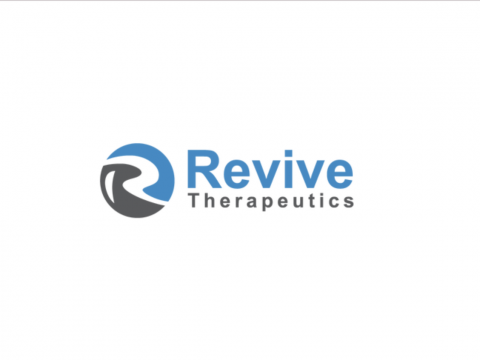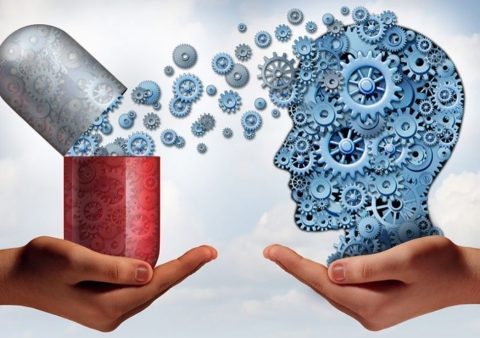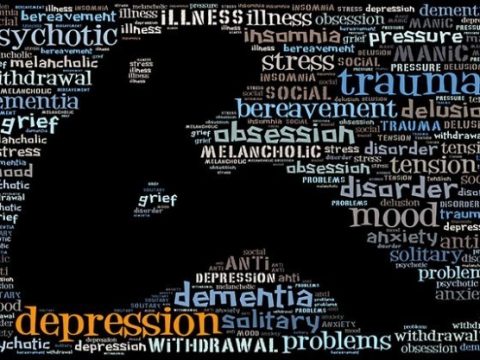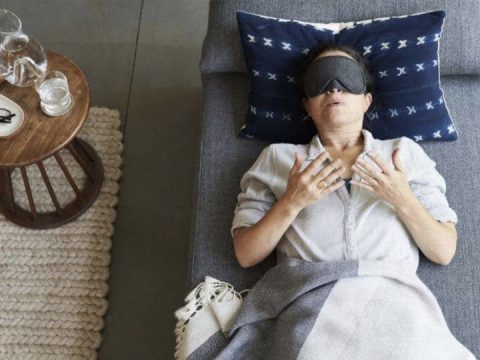For the past few years, MDMA, also known by its street name Ecstacy or “Molly,” has been shown promise for those seeking relief from anxiety, eating disorders, depression, panic attacks, phobias, PTSD, OCD, and substance abuse. While known as a party drug popular at raves, festivals, and clubs, MDMA has been paired with psychotherapy to help people experiencing various psychological conditions, emotional trauma, and terminally patients facing end-of-life scenarios.
This is a long way from the 1980s when the U.S. Government and the DEA added the drug to the Schedule 1 list thereby prohibiting, not only its use but its research in the medical community. This blind knee-jerk reaction was a proverbial “throwing the baby out with the bathwater” that affected countless tens of thousands who would have benefited from the proper therapeutic use of MDMA.
Fortunately, the past decades have seen restrictions loosen for the medical and the psychotherapy communities which allowed the research, study, and evaluation of the drug in a therapeutic environment.
In a recent Phase 3 trial conducted in Canada, Israel, and the U.S., that will soon be published in the journal, “Nature Medicine,” 90 people were given either a placebo and talk therapy, or given MDMA and talk therapy. The participants who had been diagnosed with long-term, severe PTSD were comprised of people who experienced childhood trauma, domestic violence, were combat veterans, or had witnessed a mass shooting. 90% of them had considered suicide, and many had a history of alcohol or substance abuse.
After 2 months, 32% of those who took the placebo were no longer diagnosed with PTSD symptoms, compared to those who did receive the MDMA resulting in 67% of them losing their PTSD diagnosis. A second Phase 3 trial (which is currently underway) producing the same results would be required before the FDA will give its approval.
The current debate in the mental health community is whether MDMA is the cause of the healthy diagnoses or whether MDMA’s role was simply a supplement to the talk therapy and that without the talk therapy it’s less effective or not at all.
Invented in 1912 by Merck pharmacists as an appetite suppressing compound, 3,4-methylenedioxy-N-methylamphetamine, it was giving new life once it hit the streets in the 1970s where people started using it at dance parties, concerts, and raves, often as one ingredient in a cocktail of drugs. MDMA leads to the release of the “pleasure” hormones dopamine, norepinephrine, and serotonin which increase energy and feelings of trust, improve mood and empathy, libido, and suppress appetite. However, it also increases one’s blood pressure, aggression, and sensitivity to pain.
Possible side effects include blurred vision, chills, muscle cramps, nausea, sweating, and teeth clenching. A greater concern is whether the compound is addictive or not, with approximately 60% of people reporting withdrawal symptoms. You can review possible side effects and dangers here.
The “high” can last up to 6 hours depending on how much one takes and physical factors like one’s weight and resistance to the drug.




